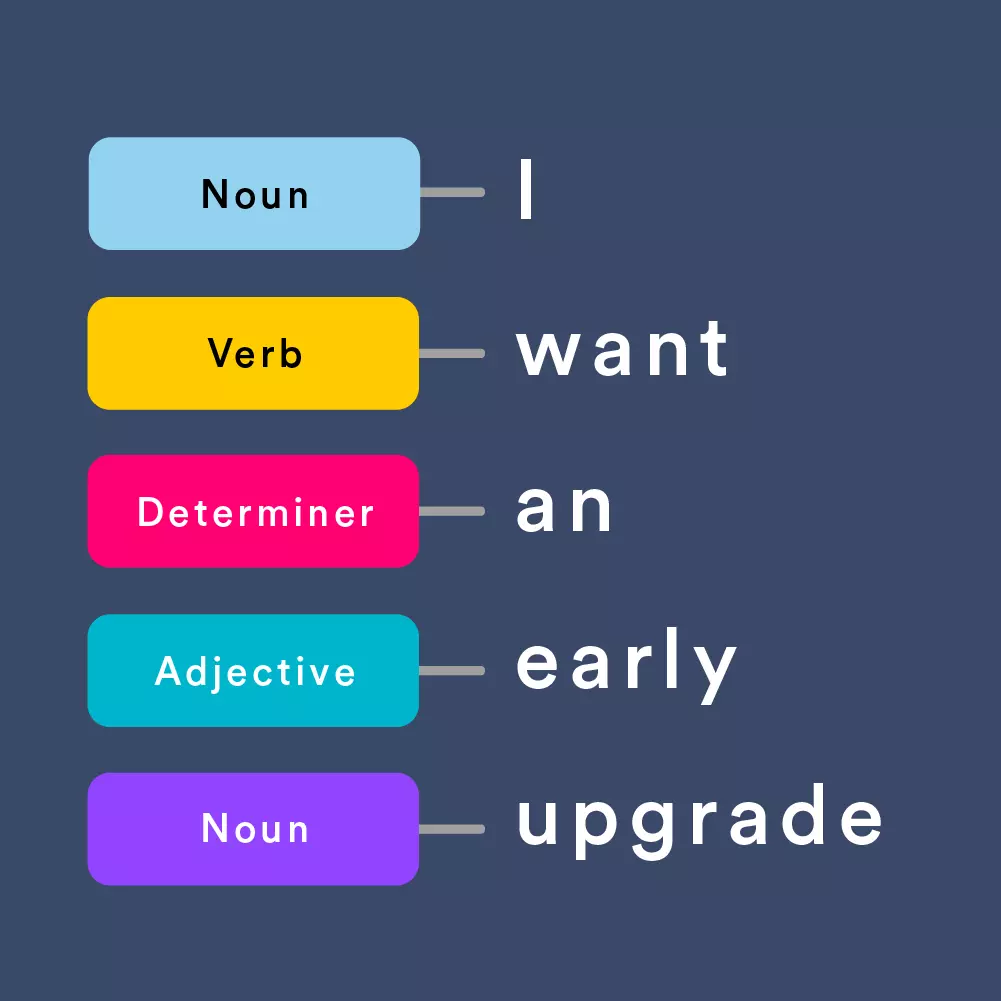Industry Knowledge
Labeling the Future: The Significance of Entity Annotation
Learn all about entity annotation—the process, different types, and its importance to NLP—in this quick guide.
Ever wondered how AI-powered technologies like chatbots and voice assistants work? In a nutshell, these “smart” machines are continuously made smarter by feeding their algorithms with training data. For example, you can “teach” an English-only chatbot Spanish by integrating Spanish phrases and related data samples into its algorithm. AI platforms and tools are essentially Natural Language Processing (NLP) applications that require algorithms like machine learning models to process conversations, images, and even directions.
Machine learning models for such NLP applications can perform better if you train them with high-quality training data.
One of the fundamental steps for the success of many such applications is entity annotation. Entity annotation helps identify and label information in text data. A human user, for instance, will easily understand the context of a statement like “nailed it,” while a machine might interpret this slang as a literal statement or something else. Applications like chatbots need entity annotation to discern lingual nuances in their interactions with real people.
In this article, we’ll dive more into the importance of entity annotation in NLP and its various use cases. But first, let’s define the concept to understand better how it works with other processes.
What is Entity Annotation?

Entity annotation is the process of labeling named entities within sections or pages of text. An entity is an existing object or concept that can be classified into different categories (e.g., people, organizations, products, location, time, etc.). Named entity datasets train models to understand the structure and meaning behind a piece of text—a critical pre-processing step for many other NLP tasks.
In entity annotation, each word in a text is labeled under a particular category. In the sentence, “TaskUs is headquartered in Texas,” for example, the text “TaskUs” would be annotated as an organization, while “Texas” is a location.
Different kinds of entity annotation serve different purposes. Let’s take a closer look at each.
Types of Entity Annotation

Named entity annotation
Perhaps the simplest kind of entity annotation, named entity annotation involves identifying entities within a given text and labeling them with their respective category (like the previously stated example).

Entity linking
Entity linking focuses on pairing labeled entities such as names, locations, and organizations to larger data sets or knowledge bases (e.g., Wikipedia). This process aims to provide deeper information about a specific entity for machines, enabling them to understand texts better and perform more effectively.

Keyphrase tagging
Keyphrase tagging is similar to named entity annotation, but instead of identifying and labeling single words, it identifies and labels “keyphrases” or multi-word expressions, capturing the overall concepts and topics within a text.

Part-of-speech (POS) tagging
POS tagging entails labeling each word in a text as a “part of speech,” such as a verb, noun, pronoun, adjective, adverb, etc. This process involves analyzing the grammar and context of sentences.
How is it important in NLP?
The entity annotation process involves various steps, such as:
- Collecting data for a given use case
- Defining annotation rules
- Performing annotations (by humans or automated through applications)
- Quality checks
- Iterations to improve the accuracy of annotations
Without accurate annotations, chatbots and virtual voice assistants won’t exist. Here are why developers need entity annotation for NLP:
- Entity annotation is essential in NLP to enable machine learning algorithms to understand and analyze text data. With the help of labeled entities, models can learn to recognize patterns that can further help them perform various tasks such as sentiment analysis, text classification, etc.
- Entity annotation helps the machine learning models improve efficiency and provide accurate results, such as responses to user queries.
What are examples of entity annotation applications?
Entity annotation is used in a myriad of real-world applications, enabling systems to identify and process the given information. Here are some examples:
- Improving Search Relevance
Entity annotation helps improve search relevance by matching search queries precisely with the named entities and providing accurate results.
- Extracting Information for Legal
Entity annotation is also widely used in the legal industry to extract information regarding particular contracts, client cases, etc.
- Powering Content Recommendation
Whether it’s a content recommendation on Netflix or YouTube, entity annotations can help automate the recommendation process by extracting relevant entities from a user’s search history and recommending other similar content based on those entities.
- Providing Sentiment Analysis
Entity annotation can help businesses analyze customer sentiment by identifying the products and services discussed in reviews.
Outsource entity annotation services with Us
Entity annotation is a challenging and time-consuming process that takes a sizeable workforce and a lot of training. It takes experienced human annotators to build high-quality training data for NLP applications. This is why organizations outsource to proven and trusted partners that provide excellent entity annotation services.
Fortunately, you can always annotate with Us.
TaskUs has over a decade of experience helping the world’s leading companies develop named entity recognition (NER) systems. Our diverse, dynamic, and digital-savvy Teammates can handle entity annotation projects in 65+ languages to ensure that every entity in your text is identified and labeled to improve your model.
Recognized as the Everest Group’s World’s Fastest Business Process (outsourcing) Service Provider in 2022 and highly rated in the Gartner Peer Review, TaskUs is responsible for providing Ridiculously Good entity annotation services to companies.
Text and Image Classification for a Social Media Company

A world-leading video and photo-sharing social media platform partnered with Us to improve the accuracy, efficiency, and performance of its Machine Learning (ML) model’s text and image classification capabilities. The model they produced with a previous outsourcing partner lacked the knowledge to identify the nuances in certain colloquial words and phrases. TaskUs established a critical human review/data classification initiative, implementing intensive training, establishing proactive communication, and improving ML model process across seven languages.
We have established a standard operation process that guarantees near-perfect scores on productivity and efficiency in various industries such as FinTech, Entertainment + Gaming, Healthcare Tech, and Retail + eCommerce.
Choose a trusted partner. Outsource entity annotation services with Us.
References

We exist to empower people to deliver Ridiculously Good innovation to the world’s best companies.
Useful Links







